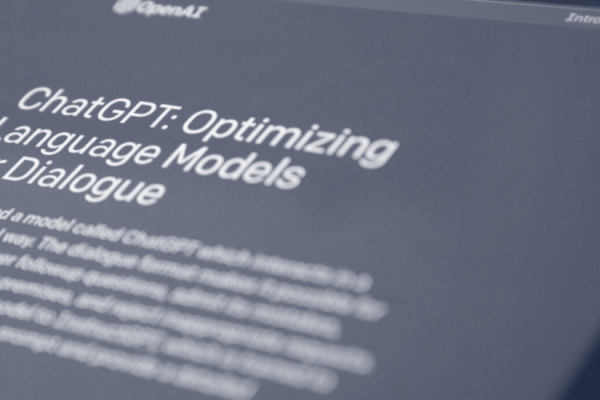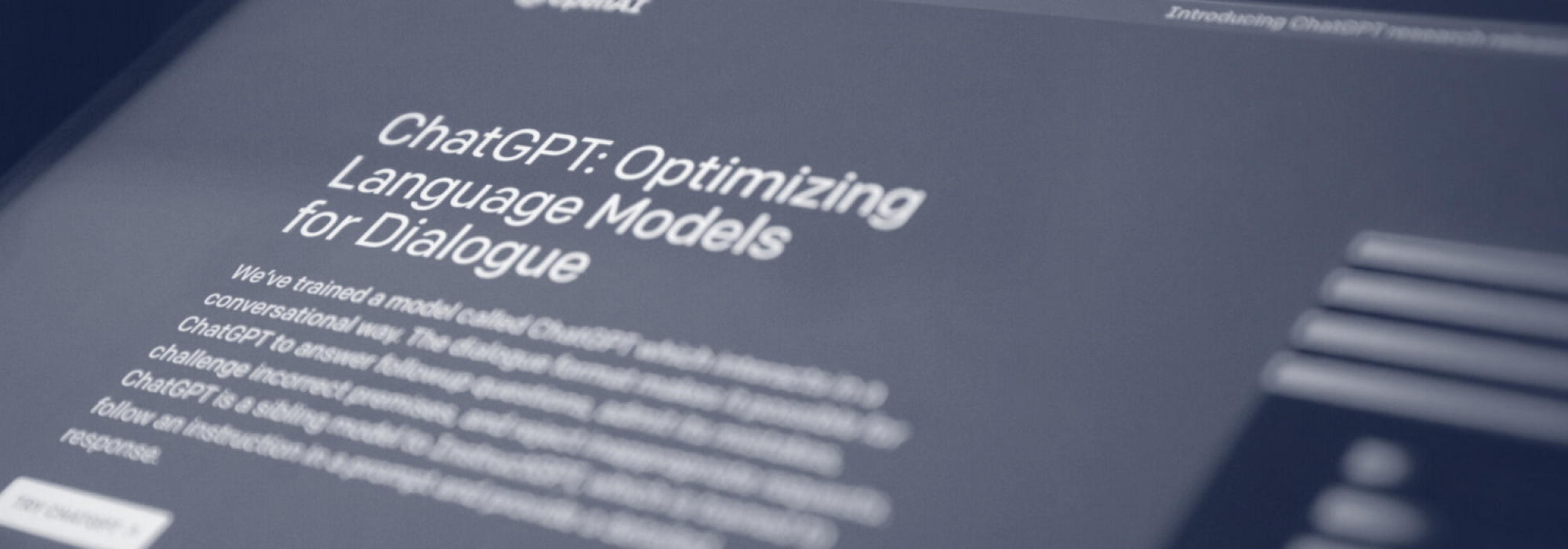|
Getting your Trinity Audio player ready...
|
Today’s pace of tech innovation in the workplace feels blindingly fast, like jumping into a race that’s already started. Our goal in writing this piece is to offer a straightforward approach to finding stability amidst the chaos. We’re not promising to revolutionize your company or transform your business, although we’ll talk about optimizing workflows. But first, we’ll address the elephant in the room: the psychological barriers of engaging with Generative AI.
The hesitation many feel toward Large Language Models (LLMs) like ChatGPT or Google’s Gemini isn’t just about the strain of learning new technology. It’s rooted in deeper and stubborn limiting mindsets: the fear of technological change in general, the fear of a dystopian AI future specifically, and potentially the more debilitating fear of being left behind.
For many, these tools are positioned as the esoteric domain of software engineers and data scientists, seemingly out of reach for the rest of us; and so an obvious entry point feels insurmountable.
Plus, the proliferation of AI products (and their non-stop marketing) adds to the noise, making it easy to understand the inclination to feel too overwhelmed and annoyed to even attempt to try the products.
“What I cannot create, I do not understand.“ Richard Feynman, astrophysicist
While we’re not suggesting you need to be fluent in code and computer science, we are advocating for an understanding of the functional mechanics of these tools, which mostly happens by using them regularly as well as reading this article from the Financial Times.
For starters, you’ve likely used predictive models like Siri, Google Maps, or Grammarly to get specific answers to specific questions. Generative AI goes further, offering broader capabilities and deeper, more nuanced outputs.
Unlike traditional search engines, they offer more refined, narrative-based insights into specific work-related topics such as corporate departments or customer behaviours, offering both a big-picture overview and detailed specifics on demand depending on your query.
We’ve observed firsthand that the access points to using LLMs might not be immediately evident and can seem irrelevant or unrelated to your work. This is due, in part, to the staggering number of online forums and content that tend to demonstrate the technology using singular and isolated examples that don’t make sense or match your needs. Having spent years at the confluence of organizational science, behavioral change, and technology adoption, and our work has revealed that thriving in this era doesn’t require becoming an expert, but instead finding simple use cases.
For example, LLMs can be great partners for work; functioning as tireless research assistants or writing coaches who never judge your first draft. However, even if you try a Generative AI platform, its initial definitive nature of responses can further skepticism around the ability of these technologies to be as flexible as our working lives are. They take some getting used to, and daily practice will help you understand not just how these platforms work, but more importantly, how they can work for you specifically.
A Blueprint for Starting Out with LLMs
Thriving with LLMs doesn’t mean transforming your entire workflow overnight either. Instead, focus on areas where they can make the most immediate impact:
Workforce Engagement
LLMs can help you engage your team by reducing mundane tasks. For example, use them to summarize meeting notes, draft reports, or brainstorm ideas during creative sessions. When employees spend less time on repetitive tasks, they have more energy for meaningful work.
Productivity
Need to draft a client email, create a training manual, or analyze trends in customer feedback? LLMs excel in these areas. These tools allow you to create high-quality outputs quickly, freeing up time for reflecting and strategizing.
Starting Simple: The Low-Risk Path to Integration
- Drafting and Editing: Ask an LLM to refine a piece of writing or create an outline for a presentation.
- Summarization: Have it summarize a lengthy document or extract key points from an article.
- Brainstorming: Use the tool to generate ideas for an upcoming project or campaign.
Remember, LLMs are not here to replace your work—they are here to enhance and support it. Moreover, the tools, when adopted properly, accentuate the uniquely human aspects of work. By starting with small, manageable tasks, you can discover their value without worrying about breaking your computer or your company.
PSA: Don’t upload any sensitive or proprietary information that you would under normal circumstances keep private or internal amongst your team and company.
Authors

Stephan Ledain




